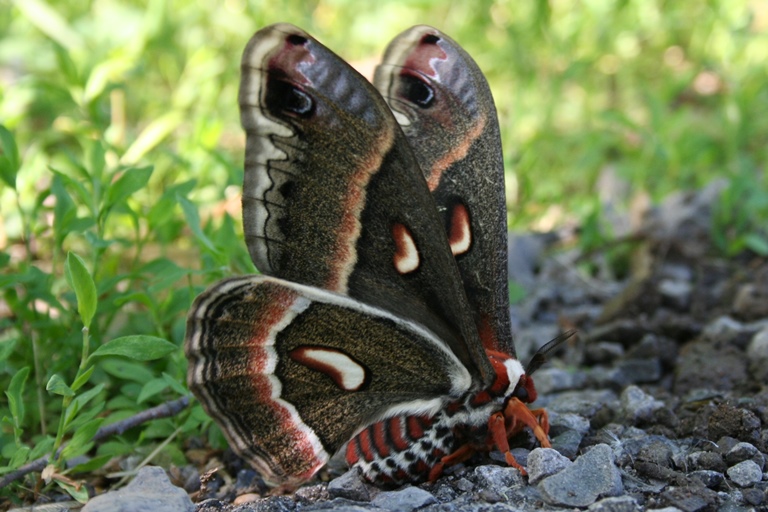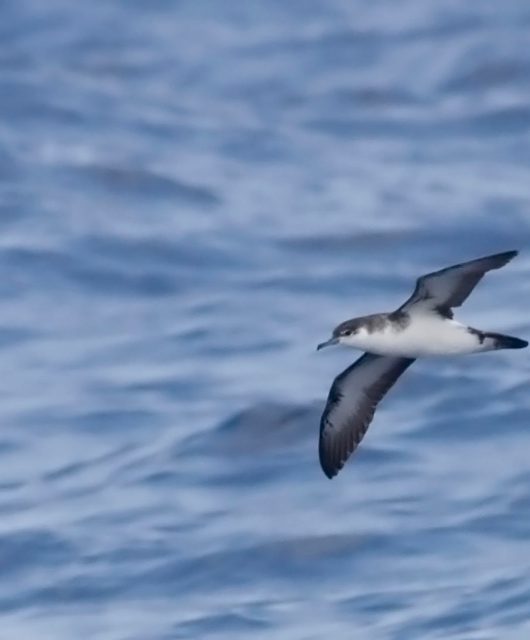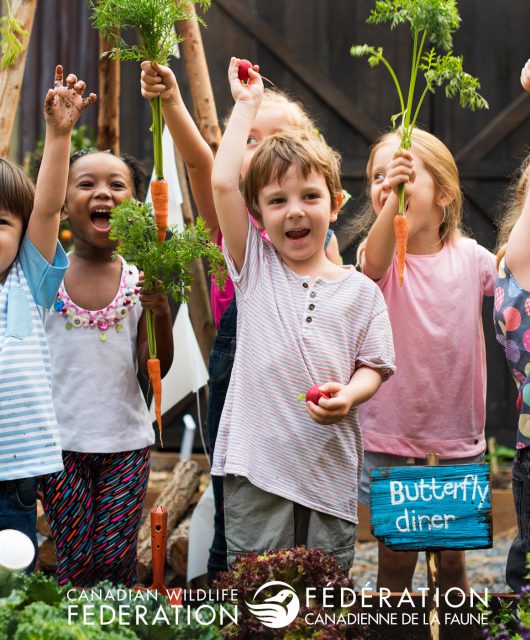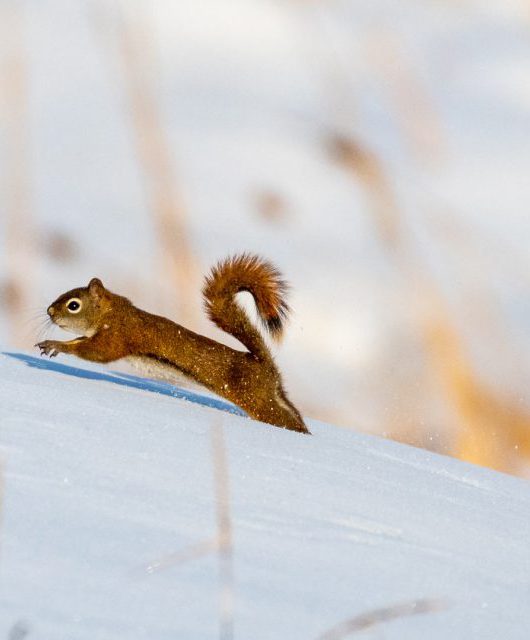Let’s talk about pollinators – more specifically, moths! Moths are magnificent – they’re diverse in shape, size and colour. And they play a vital role in Canada’s biodiversity!
Moths are either nocturnal, spending most of their time active at night visiting flowers or they are diurnal, flying around at the same times as butterflies. Beyond being a pollinator, moths are an important source of food for bats, mammals and birds. In fact, they are a key indicator of a healthy environment.
Fun Facts About Moths:

- There are about 5,000 species of moths in Canada alone, outnumbering butterflies and bird species combined!
- Moths have evolved to being great impressionists to deter predators and avoid being eaten. Many moth species have evolved to mimic other predators like having owl-like eyespots, and even impersonating other insects like wasps, all to avoid being eaten.
- Moths are pollinators, pollen gets caught on their bodies as they move from flower to flower!
- Some moths, like the Luna moth, don’t have mouths. Their sole purpose is to mate.
Gardening for Moths
You’re convinced! Moths are wonderful! Now let’s get them in your backyard or garden. There are many ways to make your garden more suitable for moths. You can support the development of many species that need leaf litter by allowing some leaves to remain below your trees either year-round or at least until the weather has warmed up in the spring. This is key as some moths, like the Hummingbird Clearwing Moth, will drop down and bury into the leaves until they become adults and fly away. As for food, most adult moths drink flower nectar from a wide variety of plants while their caterpillars need leaves. Here are some native plants that will support moths of different stages: White evening primrose (Oenothera nuttallii Sweet)
- Wild Bergamot (Monarda fistulosa)
- Buttonbush (Cephalanthus occidentalis)
- Oaks, hawthorns, maples, cherries, plums and snowberries





5 comments
I have had for many years the amazing hummingbird moth. They are always around my Monarda. There was a year where there were many (5, 8), now maybe 2. Maybe I cleaned up garden too early?
I’ve had a Girdler Moth caterpillar, a Varietgated Cutworm moth, a California Pyrausta Moth, Alfalfa Looper, Western Tent Caterpillar
So cool! Have you been able to capture any photos and upload them into iNaturalist.ca? This would be great info for scientists!
I’ve had a hummingbird moth visit my phlox especially the white “David”.
I’ve seen different species of moths, Hummingbird for sure on my “Miss Molly” Butterfly bush.